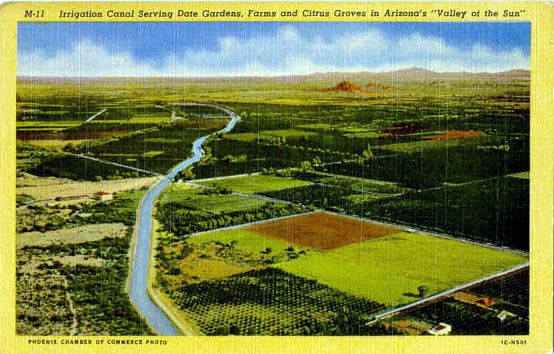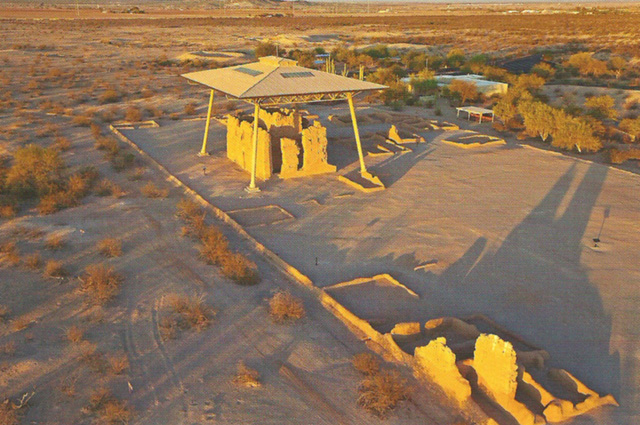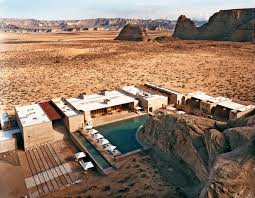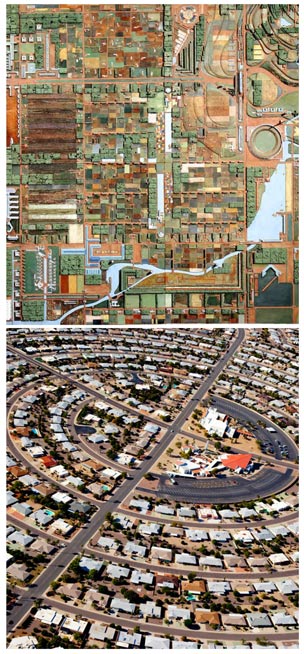Be part of the conversation: azarchitecture/Jarson & Jarson Architecture blog covers architecture and civic topics that comment on what’s happening in the Valley’s diverse design community. Here’s what’s happening now:
 in <b>/var/www/vhosts/psstudiosdev.com/httpdocs/azarchitecture/wp-content/themes/azarchitecture/single-post.php</b> on line <b>31</b><br />
https://azarchitecture.psstudiosdev.com/wp-content/uploads/2014/04/01_GDC_Blog_Part-1_Image.jpg)
Defining the Great Desert City: Part One of Four
Recently, as part of his involvement with the AIA Phoenix Metro Advisory Council, Scott Jarson was asked to present on exploring what makes a “Great Desert City”. This week, azarchitecture will post a full version of this presentation as a four part series. Here’s Part One...
What makes a Great Desert City? Are there any Great Desert Cities? Are we a Great Desert City? I’m not so sure. Why do we care?
We care because it is a matter of community survival. If we fail to confront the idea that we need to become a Desert City then future is certainly diminished. We will be here, but we will become a great beige outpost. A truck stop for Los Angeles. A gas station for planes on their way to somewhere else…
Let’s start by understanding our Past: Why are we here? Specifically, we are here, primarily because we fed the war machine for the last of the Indian Wars of the 19th Century. Then came agriculture which sustained us for close to 75 years. Then came the great war machine for the 20th Century wars. WWII, Vietnam, the cold war – All were good to us.
Under all of this was, the Climate. It’s a hot- sunny- dry place. With more water than most deserts. And that’s just the way we like it!
What we have here now is the DESIRE to remain in this place. We exist, because we choose to live here. It’s not the natural resources (water excepted) – it’s not the manufacturing… It is, like any real estate… Location, Location, Location. Which means climate. And that’s full circle to the bean plots of the Hohokam, alfalfa fields for the Cavalry, and Citrus and cotton for the east coast. And that’s exactly why our Company exists… Because people WANT to live here.
But with increasing pressures of climate change and economics, if we chose to remain, then how? How indeed can we stay? Others have come and gone.
Arguably great desert cities came before us. We owe an existence here in direct attribution to pre-columbian engineering and trade. We live in that shadow. There is a possibility that this does not remain a place we want to be… there’s no guarantee.
Therefore, if we want to stay, and if we want to become a Great DESERT City… THE Great Desert City. To make this The Great Desert City… all of us who care must become the ambassadors of change to insure the long term desirability of this place. But what does that look like? What defines a Great Desert City?
The Great Desert City is: an oasis- a respite. A cool pause. It’s a place of water, it’s a place of shade, it offers relative cool in the summer and warmth in the winter night.
The Great Desert City is: a Destination- It is a beacon. It calls to the traveller. It is the place in-between. It is unique in the environment. It is a place of shelter.
The Great Desert City is: foremost- an ISLAND. It is a livable place alone in the vast sea. This is symbolic physically and culturally as well.
It is with these definitions we can integrate thoughtful design and for that matter, an ethic, into our everyday lives that we are a cultural island of beauty and solace.
We do remain uniquely orphaned from other areas. If we then treat everything we bring into this place, by rail, by truck, by canal, car and airplane, as a precious resource, we will not only reduce waste, but create systems unique to our location and increase “livability” and desirability. I’ll explore more of my concept of our as a “Desert Island” in a future post.
Are there Challenges ahead for us? Yes, many indeed. Because with our changing density and climate what once worked here will not work in the future. We have made a communal decision to become a suburban place, to abandon agriculture and the City. Our model? Perhaps unconsciously, we have chosen Frank Lloyd Wright’s Broadacre City. We came close to emulating this system of organization. When we were a community of 50,000, even 250,000, that could work. But now? No.
For our Valley, Broadacre City is dead. Suburbanisim (should be) Dead. We have reached a tipping point in growth. Economists will tell you that we have cheap land, and that’s part of our economic success. That is true and it’s a sinister addiction. Our odd property tax formulations go right along with it….
Cheap land and low home prices may seem economically attractive but it’s like saying we’ve got wonderful pain management, but we use pure heroin to control it! We can’t break this habit for the entire community, but we can offer alternatives. We can be less than other areas in Cost of Living, but not the cheapest anymore. Why should we be?
(Part Two continues tomorrow…)






